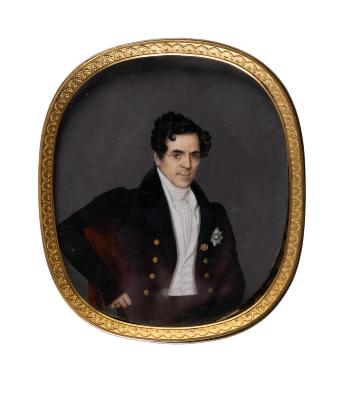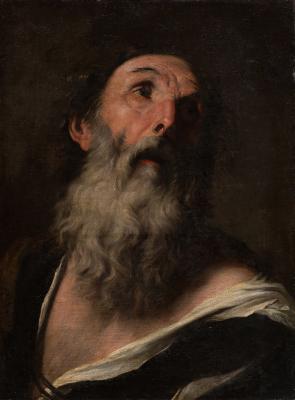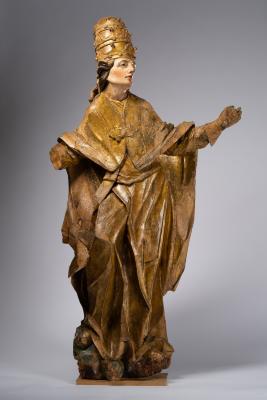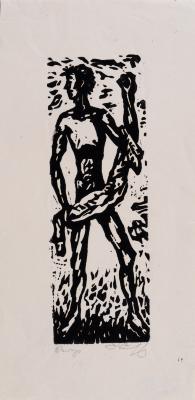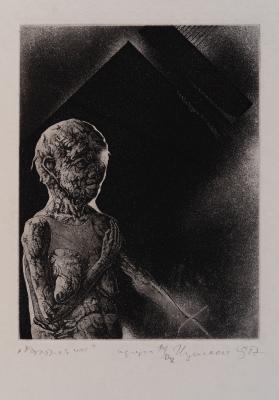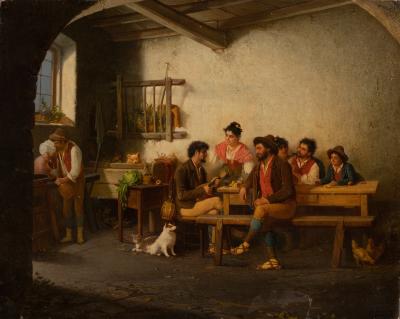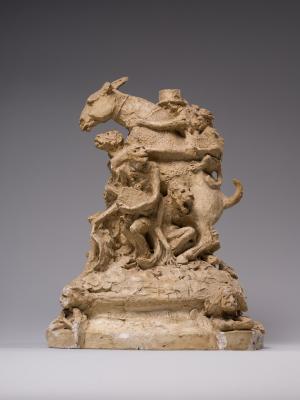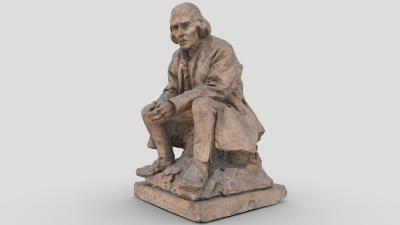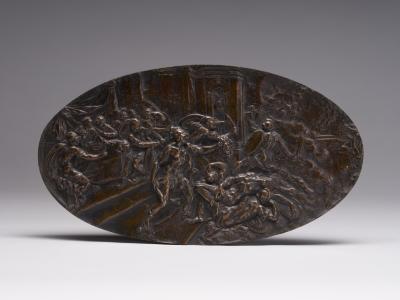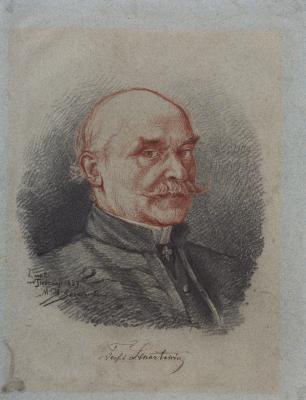The work is from the Roman series. The first coloured version of the engraving was performed in 1815; later, in 1816, its black and white version was issued in the album Nuova Raccolta di Cinquanta Costumi Pittoreschi incisi all 'acquaforte da Bartolomeo Pinelli Romano, Nicola de Antoni impresse, Ignazio Pavon Offre e Dedica, Roma 1816. The next version (almost unchanged and similar to the Lviv engraving) was issued in the album Nuova Raccolta di Cinquanta Costumi Pittoreschi (New Collection of Fifty Picturesque Costumes), published by Giovanni Scudellari in Rome in 1817. A pencil drawing painted with watercolours was performed by Pinelli in 1815 under the title Famiglia di ciociari in viaggio (Family of Ciociari on a Journey). Another slightly modified version depicts three riders and a dog at the horse's feet, and the ride itself is taking place in the forest (the date is unknown; it may be an early version of 1809). The Lviv engraving belongs to a simpler version of the composition dated 1815. In the centre of the work, one can see three persons sitting on a light grey horse covered with a blue blanket, namely a young man holding a horse by the bridle, a boy depicted in front of the man and waving a tree branch, and a young woman from Ciociaria dressed in a bright national dress and leaning against her husband's back. The blue, yellow, and crimson colours of the characters' clothing highlight their figures. The action is taking place on a hill. In the foreground on the left, one can see a strong black tree on the hill. Right below, one can see a wide valley with trees and fragments of buildings depicted in blurred blue tones.
Ciociari are citizens of the region of Ciociaria situated south of Rome. The region became widely known in the middle of the 20th century due to the novel "La Ciociara" / "Two Women" by Alberto Moravia and the film of the same name by Vittorio De Sica.







